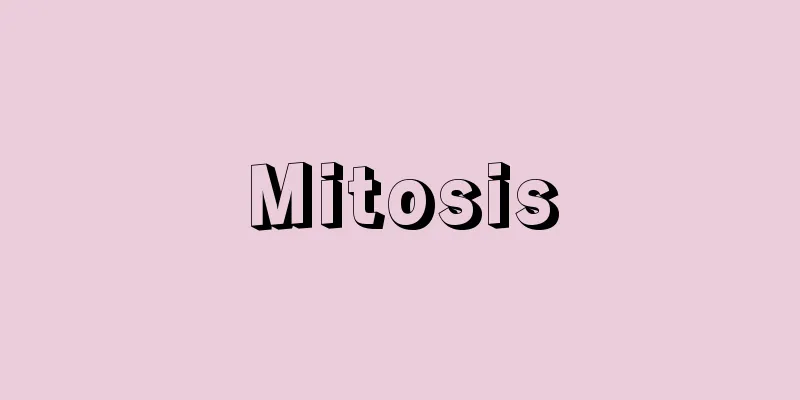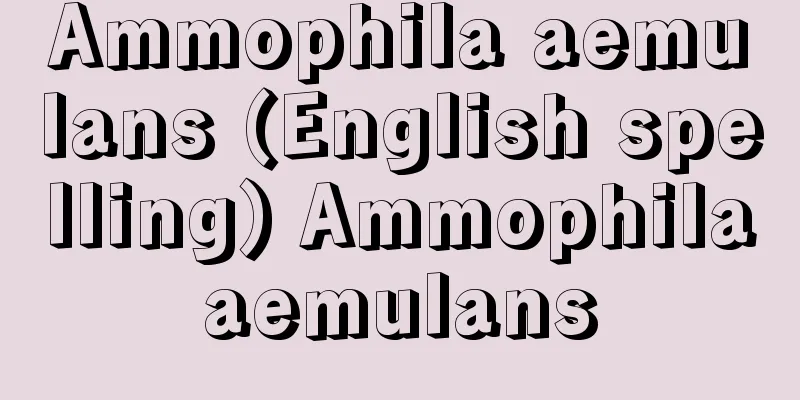Oieryu

|
This is the calligraphy style of the 35th head priest of Shoren-in Temple at Awataguchi, Kyoto, Prince Sonen (1298-1356). Prince Sonen was the son of Emperor Fushimi, one of the most skilled calligraphers in history. He was a skilled calligrapher, and his gentle and simple style was loved by many people, and many followers came to form a calligraphy style. It is called the Sonen style, the Shoren-in style, or the Awataguchi style. The style was passed down and widely used by successive Shoren-in temple priests, but it was especially popular during the Edo period. It was called the Goke style, and appeared in official documents of the Imperial Court and the Shogunate, as well as in examples for various feudal lords and private temple schools. However, this style had become nothing more than a vulgar formality, and there was nothing worthy of mention in the works of calligraphers of the Goke school, who dominated the calligraphy world at the time. It is said that the name Goke-ryu comes from the fact that the Cloistered Prince was praised for his progress by Emperor Fushimi, who asked him to make his calligraphy the family's style, but there is no basis for this. It is more appropriate to think of the family as referring to the Shoren-in family, and the Goke as an honorific for Shoren-in, the head temple of the Imperial Court. Incidentally, Fujiwara no Yukinari's Sesonji school was also known as "Ieyo." [Tamiko Oshita] Source: Shogakukan Encyclopedia Nipponica About Encyclopedia Nipponica Information | Legend |
|
京都・粟田口青蓮院(あわたぐちしょうれんいん)の第35代門跡(もんぜき)尊円(そんえん)法親王(1298―1356)の書流。法親王は歴朝屈指の能書伏見(ふしみ)天皇の皇子。書をよくし、その穏和で平明な書風は多くの人々に愛好されて、追随する者が輩出、一つの書流を形成した。尊円流、青蓮院流、あるいは粟田口流とよぶ。以後の青蓮院門跡は代々その書風を継承、広く用いられたが、とくに江戸時代になって圧倒的な盛行をみた。御家流の名でよばれ、朝廷、幕府の公文書をはじめ、諸大名から市井(しせい)の寺子屋の手本にまで登場した。しかし、それは低俗に堕した形骸(けいがい)化著しいものであって、当時の書壇に絶対多数を占めた御家流の書家の作品にはみるべきものはない。御家流の名称については、法親王が伏見天皇より進境をたたえられ、その書を家の流とせよ、と仰せられたことに由来するというが、根拠はない。家は青蓮院家をさし、御家は宮門跡である青蓮院に対する尊称、と考えるのが妥当であろう。ちなみに、藤原行成(こうぜい)の世尊寺(せそんじ)流には「家様(いえよう)」という呼び名もあった。 [尾下多美子] 出典 小学館 日本大百科全書(ニッポニカ)日本大百科全書(ニッポニカ)について 情報 | 凡例 |
<<: Oigami [Hot Spring] - Oigami
Recommend
echelle
…α in the figure is called the blaze angle, and t...
Annecy (English spelling)
The capital of the Haute-Savoie department in sout...
《Avadana Shataka》
...Examples of praising Buddha include the Shatap...
Emma field cricket
This insect belongs to the order Orthoptera of th...
Harvey, WH (English spelling) HarveyWH
…The history of this classification dates back to...
Art(hur) Buchwald
1925‐ American journalist. Born in New York State....
Galanga - Galanga
…Such species include the following. Galanga H. c...
Kallisthenes (English spelling)
…Alexander largely followed the old system, activ...
Hypotonia - Muscle tone
...Also, predictive movements such as touching th...
Giant squid (Daiouika) - Giant squid (English spelling)
A gigantic squid (illustration) of the family Colo...
Transport lot - Unpanlot
…(2) As a production management term, it is a col...
Countable additive families
… Based on these properties of Lebesgue measure, ...
Gonzaga family - Gonzaga
A noble family that ruled Mantua, Italy, from 1328...
Tenyaku - Tenyaku
Miscellaneous taxes were temporarily levied in the...
Albani, F.
...This is the first example of Baroque decorativ...









